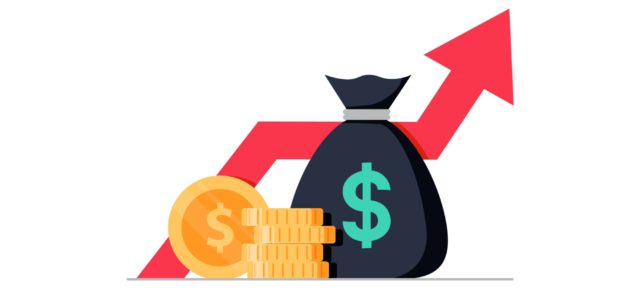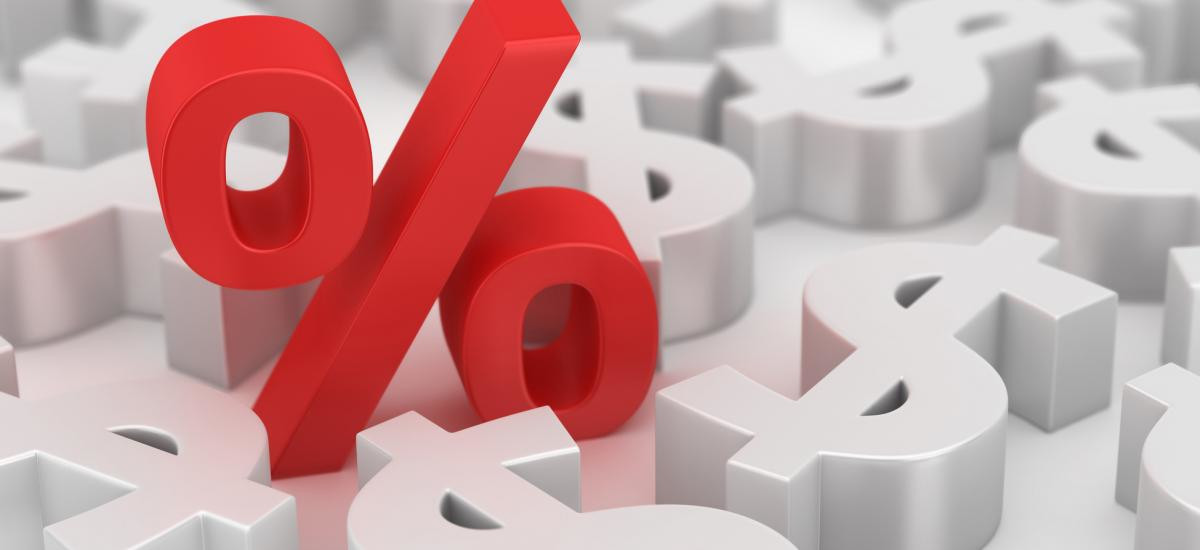
If you’ve taken out a mortgage, auto loan, or even own a credit card, there’s a good chance that you understand the fundamentals of interest rates.
You borrow a certain amount of money that you will pay back over an agreed upon time period. Now, because the creditor or financial institution is loaning the money, in return you pay the money back in installments at an agreed upon percentage.
This gives the borrower the opportunity to space out large expenses into more affordable chunks and gives the lender the opportunity to make a little money for fronting the entire cost.
These loans often occur on fixed interest agreements, but you’ve probably noticed that financial institutions frequently change their interest rates, fixed or flexible.
Interest rates can fluctuate based on large world events, changing supply and demand, inflation, and more.
The changing of interest rates begs the question: why do rates fluctuate?
Supply & Demand
A fundamental part of any capitalist economy, supply and demand are big factors of why interest rates fluctuate.
If there is high demand for access to loans or lines of credit, but immediate availability of these funds is low, interest rates will be higher.
Accessing this money or credit line is valuable and more difficult to secure. If you do secure these funds, you are getting it at a higher cost because there is less of it to go around.
On the other hand, if there is a wealth of access to loans or credit lines, interest rates will go down because they are in lower demand. In these cases, loans or credit lines are less exclusive, easier to get, and therefore less “valuable.”
Remember, this is a value assessment. It’s not a reflection of how valuable a loan or credit line might be to a specific individual, but rather its relative value and accessibility in the context of the entire market.
Government Regulations
Supply and demand are not the only forces at play when it comes to interest rates. Government regulations also play a part in fluctuation interest rates.
For example, during the economic recession that continued into the early part of the 2010s, an institution called The Federal Reserve influenced interest rates through the buying and selling of U.S. securities.
This helped lower the interest rate to encourage borrowing in a stagnant economy by buying up securities and giving banks more lending power — thus allowing interest rates to stay low.
If the government sells securities, this increases interest rates.
When banks have less money to lend, lending becomes less accessible and more exclusive. In essence, the U.S. government (advised by The Federal Reserve) influences rates based on an assessment of the health of the economy. Then, the U.S. governments use their buying and selling power to grant financial institutions money at given times.
Typically, in a thriving economy, borrowing will be somewhat more expensive because interest rates are higher, while in a struggling economy rates will be lower.
Inflation
High inflation rates are often tied to an increase in interest rates because the value of money today under high inflation will be much less valuable in the future.
To recuperate some of that money when lending, lenders will charge higher interest rates.

H2: Low-Interest Lending Options
At HRCCU, we offer low-interest lending options for everything from mortgages to auto loans to personal loans.
Contact our loan specialists today to learn more about interest rates and view what the rates are today.

